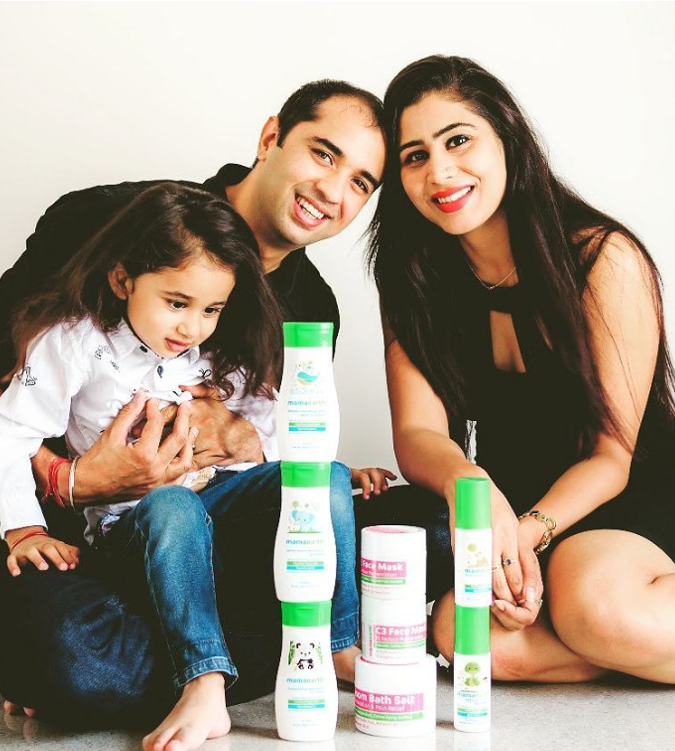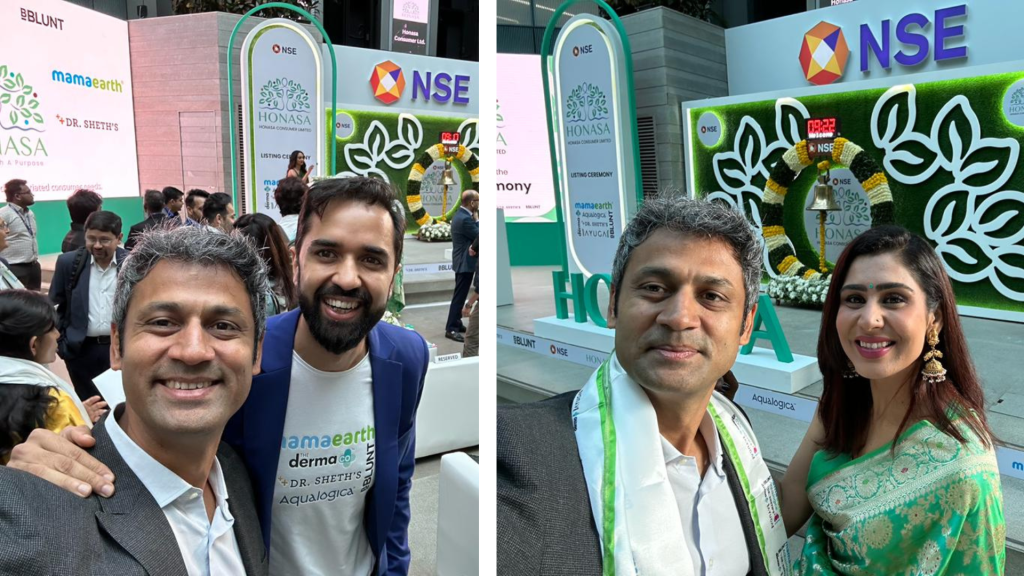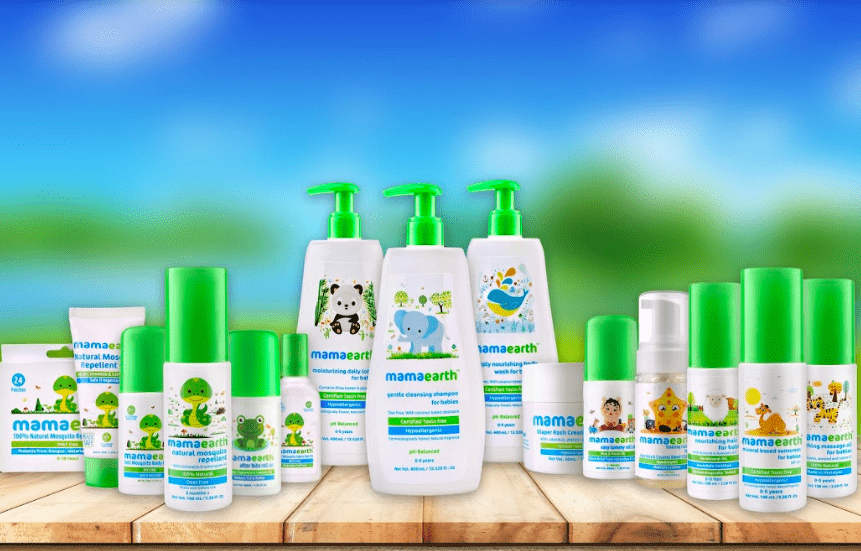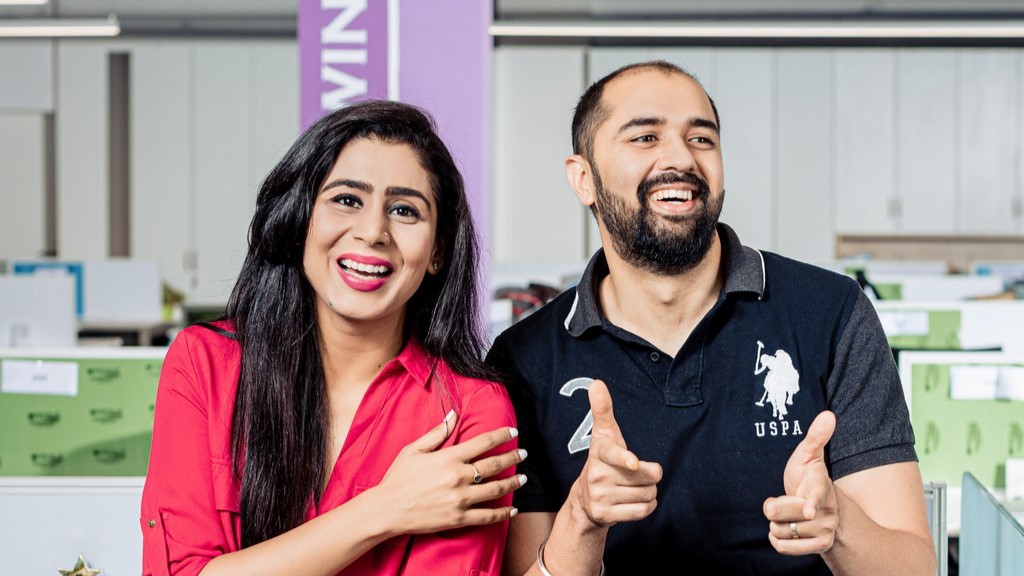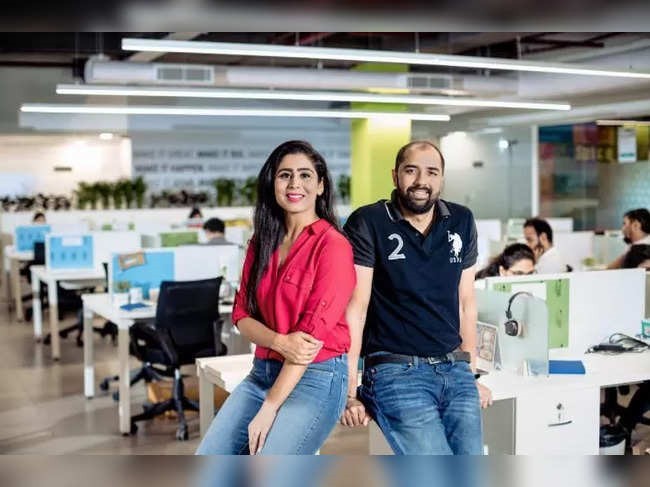

Consumer Tech
India's first D2C, beauty and personal care brand to go public
Founders
Varun Alagh, Ghazal Alagh
Co-investors
Fireside Ventures, Sequoia Capital, Sofina Ventures
Investment team
Rahul Chowdhri
Stage invested
Series A
Year of investment
2018
From Honasa Consumer to HONASA (NSE): A journey has just begun
A note by Rahul Chowdhri
Honasa Consumer Limited, the parent company of Mamaearth, has emerged as the first direct-to-consumer (D2C) brand to go public. When we initially backed the company, most of us were not even aware of the term D2C (read our investment thesis here). Like any business, building a sustainable D2C company is not easy. As we reflect on our journey with Mamaearth, we feel it’s worth sharing our original thesis and how our journey unfolded.
Our thesis when we invested in 2018
India has largely been a brand-starved country. It was evident to us that as India’s population grew and disposable incomes increased, there was a corresponding surge in the demand for relatable brands. In 2016-17, we observed the emergence of online platforms allowed three things to happen. Firstly, new-age brands got the advantage of speed, which means that they could swiftly launch products, get quick customer feedback, and improve their products. Secondly, product distribution became more efficient, with brands being able to reach consumers nationwide using just a few warehouses, in stark contrast to the traditional world that involved tying up with distributors, investment in inventory, etc. Thirdly, the rise of digital and influencer marketing revolutionised customer acquisition, making it cost-effective and highly targeted compared to the expensive conventional marketing campaigns.
These three factors made it evident that brands leveraging this online opportunity would grow, however, the size of the outcome was not immediately clear. Yet, we were convinced that this was the opportune moment to build a new-age brand.
Beauty and personal care, as a category, possessed a few characteristics that we believed could lead to a large outcome. It was a sizable and growing category with strong gross margins and high repeats. Our eyes were wide open, looking for founders with unique insights that could set them apart from existing brands in the space. With Varun and Ghazal having identified an underlying growing consumer need for toxin-free and clean personal care products, investing in Mamaearth looked like an obvious decision to some of us.
When it was time for the fund to make an investment decision, two aspects got heavily debated internally. First, the scale the brand could achieve with an online-first strategy was uncertain. Admittedly, my own estimate was that they would grow from their then INR 8 Crore to INR 50 Crore online revenue before transitioning to offline sales. In reality, they crossed INR 500 Crore in online revenue before expanding to offline channels. I underestimated the potential by 10x. The second question revolved around focus. While in most consumer companies we prefer to witness a clear focus, Mamaearth appeared to have no hero SKU dominating their sales. As the founders explained, this was the emergence of platform brands. Brands like Himalaya, Patanjali and Mamaearth span across multiple sub-categories, building a large business, unlike traditional brands that rely on one or two SKUs for their brand recognition.
Investing in Mamaearth wasn’t an easy task, and required considerable persuasion with other IC members. Nonetheless, it was reassuring to recognize that some of our most successful decisions have been non-consensus choices. Whether it was investing in BigBasket when doubts loomed over the adoption of online grocery shopping, or Livspace where the need for an organised home design player was not clear, there are more such instances.
Spike in the founders
There are two key traits that we typically seek in founders, and Varun and Ghazal clearly exhibited both of them and in fact stood out. One is how quickly the founders learn i.e. learning agility and second is their ability to be great leaders. Varun came with a background of building large consumer brands in the past, and hence his understanding of brands was strong. However, they had never operated in the online world. And so, both Varun and Ghazal took online courses to learn digital marketing, website management etc. This reflected their willingness to learn and evolve. Additionally, founders’ thought process on how to build a team, building bonds within the team showcased their thoughtfulness, with several instances of these efforts being shared on social media.
Challenges in the Mamaearth scaling journey
By the end of 2019, Mamaearth had raised Series B, and the business was growing really well, surpassing our expectations. Varun had meticulously devised his annual plan for 2020, geared up for expansion through hiring and marketing initiatives. However, Covid struck and with that, there was a fog of uncertainty. I recall Varun getting on calls, spending hours at the police station, negotiating to obtain permissions for his warehouse operations and sale of their products. This was a clear case of resilience. To keep the business going, there were also questions on how to keep the rest of the team motivated, how to handle a situation where some people would come to work while others don’t in the height of Covid.
Once the business regained its footing, we witnessed significant growth, yet it was still unclear what the next 6-12 months would look like. The founders faced a dilemma on whether to conserve cash or invest more in growth. Ultimately, they made the bold decision to seize this opportunity and push for brand growth. While other brands hesitated to invest in marketing efforts, Mamaearth managed to attract new customers, get trials, and build a strong brand presence.
Prioritising growth while maintaining profitability
From day one, the founders ensured that the business consistently maintained a double-digit contribution margin (CM2) i.e. margin after marketing costs. For the first 2 years of their existence, they operated out of a modest 4000 sqft basement office that accommodated a lab, office space, a conference room, and a small dining space, albeit with no mobile network. Their willingness to build their company in such humble surroundings rather than renting a lavish office space spoke volumes about their mindset.
Going beyond expectations
Mamaearth started as a baby care brand. In our 2018 investment thesis, we never envisioned that they would transform the beauty and personal care category in India. Indeed, in terms of numbers, witnessing their revenues surge from INR 70 Lacs a month to INR 450 Crore of revenue in the AMJ quarter this year, and achieving profitability within just 5 years, serves as a testament to their exceptional performance. They are truly outliers.
Learnings from the founders
Varun’s innate capability to plan for the future has been really impressive. Each February, he would send out a note to the Board outlining his view on how the market would evolve over the next financial year and its implications for their business. This required significant foresight into the future, distinguishing between enduring trends and passing fads. After collating feedback, he would subsequently present a refined version during the annual business plan meeting.
Additionally, his strategy would have a concept, he calls, “4+1”, incorporating 4 normal goals and 1 stretch goal, all backed with data and projections from his team. These goals would be revised every quarter, recognizing that in a startup nothing is a constant. I found this approach to be very unique, and I firmly believe that founders who marry strategic planning with ground-level insights significantly improve their chances of success. And that is exactly what the Mamaearth founders did.
Many parts of our original investment thesis turned out to be true. At the same time, Varun and Ghazal positively surprised us on countless others. While a strong view on the market is important in early stage investing, we believe that our business is all about backing outstanding founders. I, as well as Stellaris as a whole, have learnt so much through our association with the Mamaearth founders. We’re grateful to Varun and Ghazal for giving us this opportunity.
Published in INC42: Link

